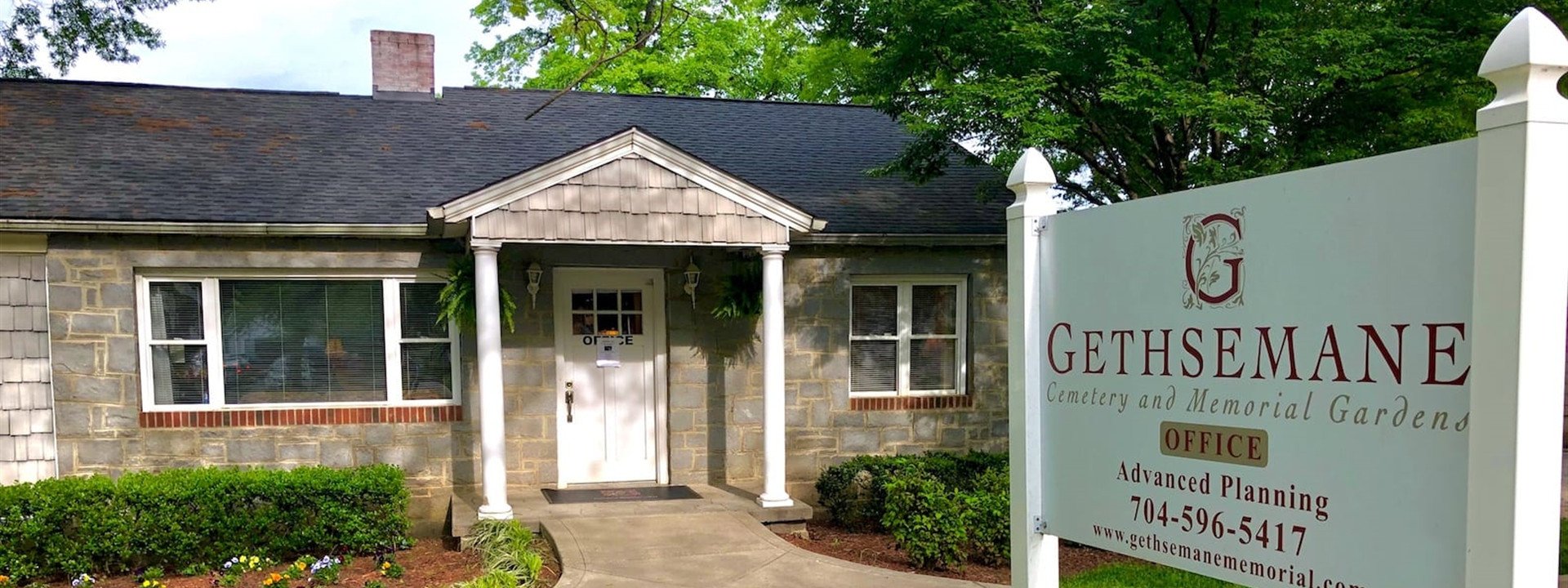
How to Choose the Right Vault for Burial
There are many different types of vaults available on the market, but how do you choose the right one for your final burial? This guide will outline the different types of vaults and their benefits, so you can make an informed decision about which is best for you and your loved ones.
1. What factors do you need to consider when choosing a vault for burial
Burial vaults can be expensive, but they provide a great way to save money and time. There are many things you need to consider before making your decision about which type will work best for both the occasion and budget – like size requirements or environmental factors such as the temperature range where it’ll sit in its final resting place.
2. How much does a vault cost and how the price is determined
Burial vaults are an important part of the funeral industry. They provide a safe place for loved ones to store their remains during shipment and can be found at most cemeteries or mortuaries that work with burials in this capacity. There is more than one factor you need to consider when choosing which type will work best for your needs – these considerations include size requirements as well style preferences such things color selection (although some people prefer pastel colors)
What other features do I want from my new buried treasure trove? You’ll also have choices between metal versus concrete models; whether its biodegradable materials like wood composting coffins.
3. Does the type of vault matter – concrete, fiberglass, stainless steel
Burial vaults are one of the most expensive options for funerals because they’re custom-made. The price can vary depending on what you want it to look like, but expect a few thousand dollars at a minimum if not more.
4. How long will a vault last and what happens if it needs to be replaced
The lifespan of a vault depends on its type and size. The average lifespan ranges from 15 to 40 years, but it can be different depending on the climate and other factors.
5. Can vaults be recycled or reused after burial
Is there any way to recycle or reuse vaults after they have been buried?
The short answer is yes. In some cases, coffins can be recycled for their materials and then re-used in new burials with floral tributes from your loved ones as requested during memorial services; however this will depend on what you bury the body inside of – typically it’s either wood (like pine) or metal (like copper). If necessary though most morticians recommend obtaining an eco-friendly casket when possible because these types tend not only reduce carbon emissions but also save money over time since cheaper plastics wouldn’t last nearly so long.
6. What are some of the pros and cons of using a vault for burial
There are a few pros and cons to using a vault for burial.
Vaults can help prevent the decomposition of corpses. This can stop harmful toxins from spreading. Vaults also protect graves from flooding and erosion. They make it less likely that bodies will be disturbed or dug up.
On the downside, vaults are expensive to build and maintain. They also take up a lot of space. Some people find them aesthetically displeasing.
Do You Need a Burial Vault?
Many bereaved choose to bury their loved one’s remains in cemeteries in Charlotte, NC. However, many of these families are unaware that they might be required to purchase a burial vault for said burial.
Burial vaults are outside containers that hold a coffin or casket for burying full body in the ground. Their primary function is to protect the casket, and to help maintain the gravesite’s integrity so the surface doesn’t sink in. Most active cemeteries do require burial vaults to keep the cemetery ground intact and safe. However, this requirement is not the law in most states. The majority of states to not have laws requiring burial vault containers for buried cremation urns, rather, it’s only the cemeteries that have the requirement. Though, according to North Carolina state law, graves using a non-permeable container, like a vault, must be buried at least 24” below the surface. Meaning, if the container is 12 inches high, then the hole is 36” inches deep. Some cemeteries allow a cremation urn to be buried in an existing grave and allow the urn to be place on top of a previously buried vault. Some families prefer this, as it allows them to place loved ones together even in death.
Burial Frequently Asked Questions
Do you have to be buried in a vault?
To keep the ground above the casket from sinking in, a burial vault is used to line the grave before placing the casket or coffin in it. To lessen the amount of upkeep required to maintain the ground level, cemeteries mainly focus on vaults and grave liners.
Why are vaults required for burials?
It shields the casket from the earth’s weight and heavy maintenance equipment that will pass over it. It also prevents the ground from settling, which helps to resist water and protects the beauty of the cemetery or memorial garden.
What is a proper burial?
A person’s remains or body is believed to have been given a respectable or proper burial in biblical and scriptural terms if they were appropriately covered or wrapped in a fine material, such as fine linen shrouds, or placed in a casket and buried in a grave.
What is a burial funeral?
Following the main funeral service, a burial service is frequently given when the coffin is lowered into the ground. Depending on religious beliefs, grieving are frequently requested to attend the burial, which may include brief readings and prayers.
How do Burial Funerals work?
A simple service is frequently given at the graveyard when a person is buried. This service may be confined to direct family members or it may be open to everyone who witnessed the funeral. More prayers or readings may be recited by the funeral officiant before the remains is laid to rest.
Is a burial the same as a funeral?
The primary distinction between a Funeral and a Burial is that a Funeral is a memorial service for a deceased person, but a Burial is a ritual act of burying a deceased person. A funeral is a ritual that takes place in conjunction with a burial, cremation, or other kind of cremation.
Which is better cremation or burial?
If a person gets cremated, it is burnt, leaving just ashes behind. The body is preserved when it is buried. Following a regular funeral service or before a memorial service, both cremation and burial can take place right after death. Cremation is the more cost-effective option of the two.
Cemeteries can choose to require burial vaults for both caskets and urns to preserve the safety and beauty of their cemetery grounds, and to make sure their maintenance equipment is protected. Vaults offer more protection to the ground because as caskets and urns naturally break down and decompose over time, the earth on top of them settles and sinks. Although buried cremation urns cause this settling on a much smaller scale than caskets, most cemeteries do still require burial vaults for urns.
Burial vaults for both urns and caskets are made of durable materials that do not decompose, like metal, concrete or plastic. You can even find solid metal burial vaults. Like most things in life, the quality of the burial vault you choose mostly depends on the price. You can find basic, affordable burial vaults on websites like Amazon for less than $200, but the price only goes up for thicker, heavier, higher quality containers. If you want an ornate, decorated burial vault, you need to be prepared to shell out some serious cash.
If you desire a cemetery burial for your loved one but don’t have a big budget, you can save money by choosing a simpler urn and less ornate burial vault. As both will be buried, they don’t have to be ornate. If you desire, you can also buy a decorative urn to memorialize the deceased above ground.

Do you have more questions on burial, burial vaults, and Charlotte, NC cemeteries? Gethsemane Cemetery and Memorial Garden is here to help. Please visit us or give us a call. We would love to help you learn more about burying cremated remains, as it is a great way for families to enjoy the flexibility and affordability of cremation while still creating a permanent resting place in a traditional cemetery.
What is a vault for burial?
A vault is a type of stone or concrete chamber that is used to bury the dead. Vaults are often used in cemeteries and are usually lined with bricks or stone. Vaults can also be used to store cremated remains.
Is a vault required for burial?
A vault is not required for burial; however, many cemeteries do require that vaults be used to protect the coffins from the weight of the earth above them. The concrete vault helps to keep the coffin from crumbling and keeps the grave looking neat and tidy.
When did vaults become required for burial?
The tradition of burying people in sealed vaults began in the early days of Christianity. People were often persecuted and buried in secret. The use of vaults became more common during the Renaissance, when people started to prefer above-ground burials and built more elaborate tombs.
Today, vaults are often used to protect caskets from the elements or from being disturbed by animals. Some people also choose to be buried in a vault because they believe it will preserve their bodies for future generations.

